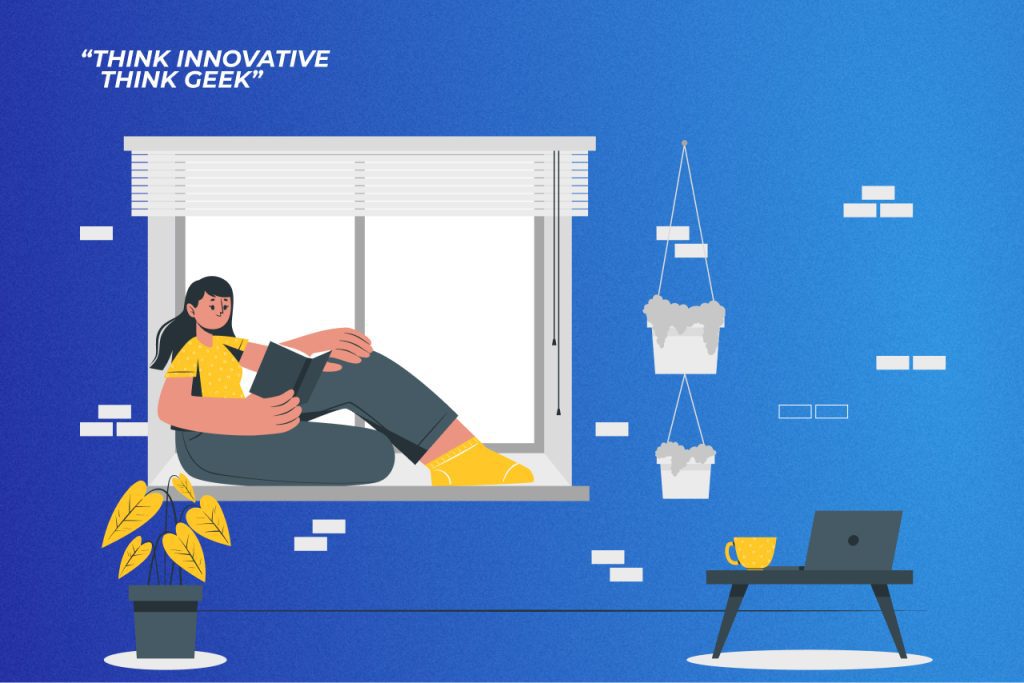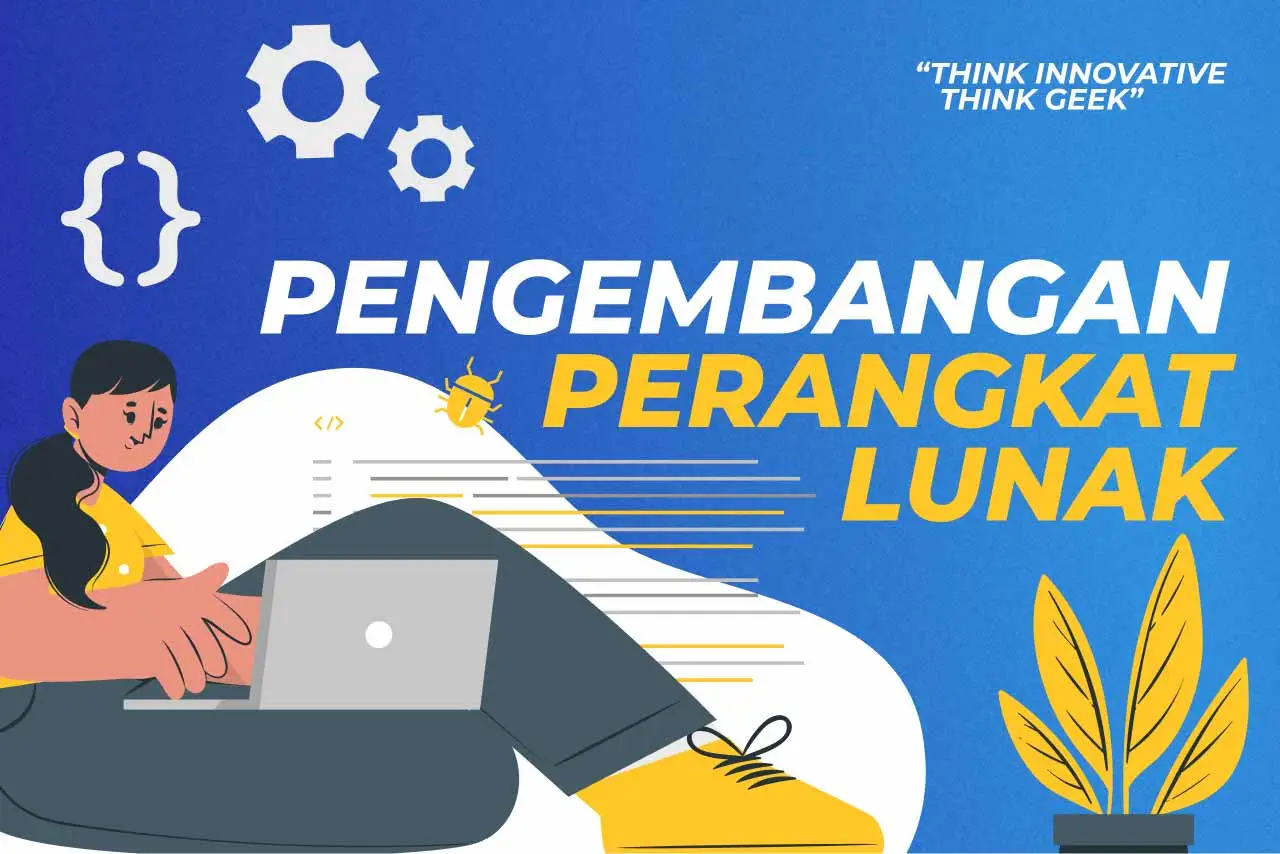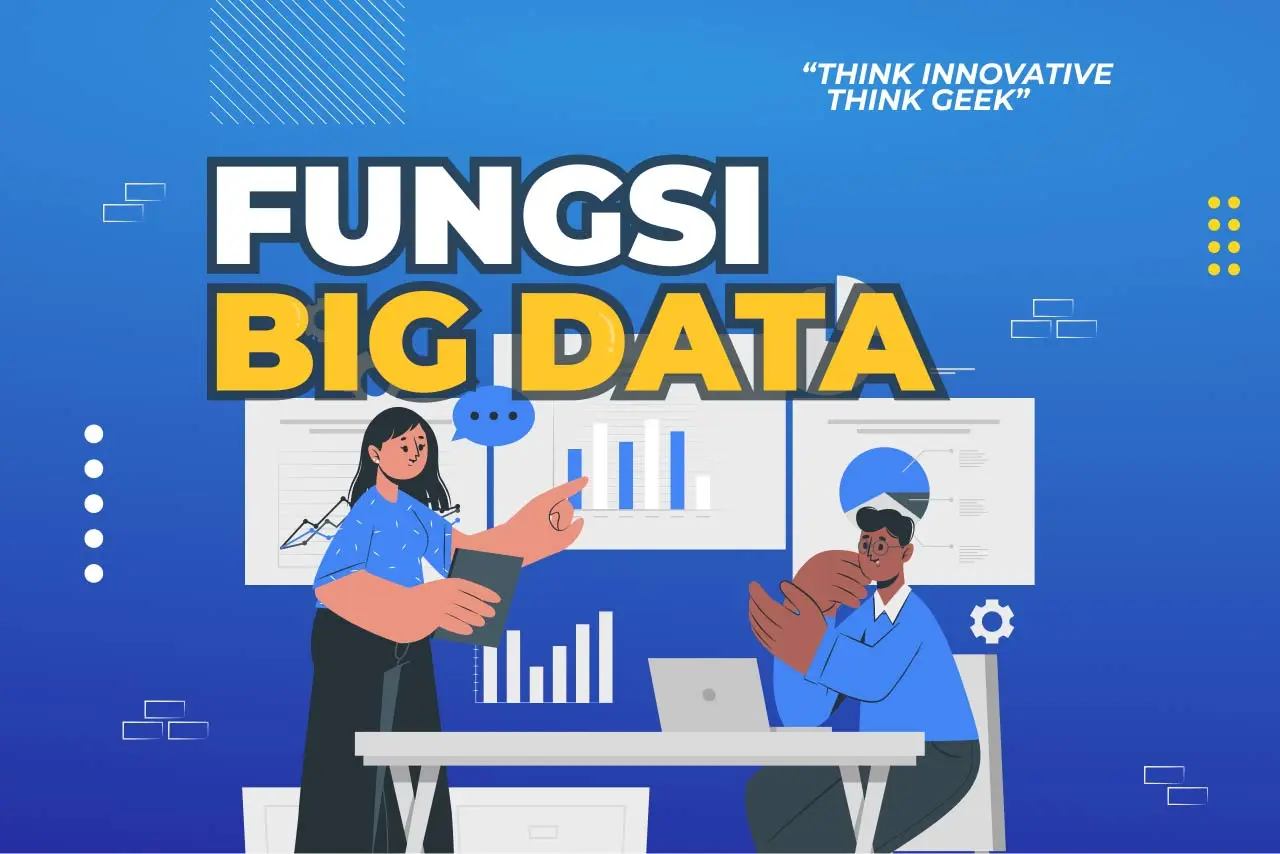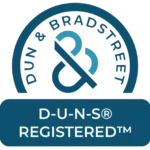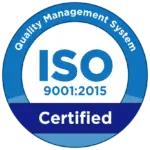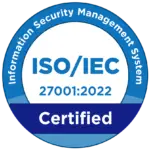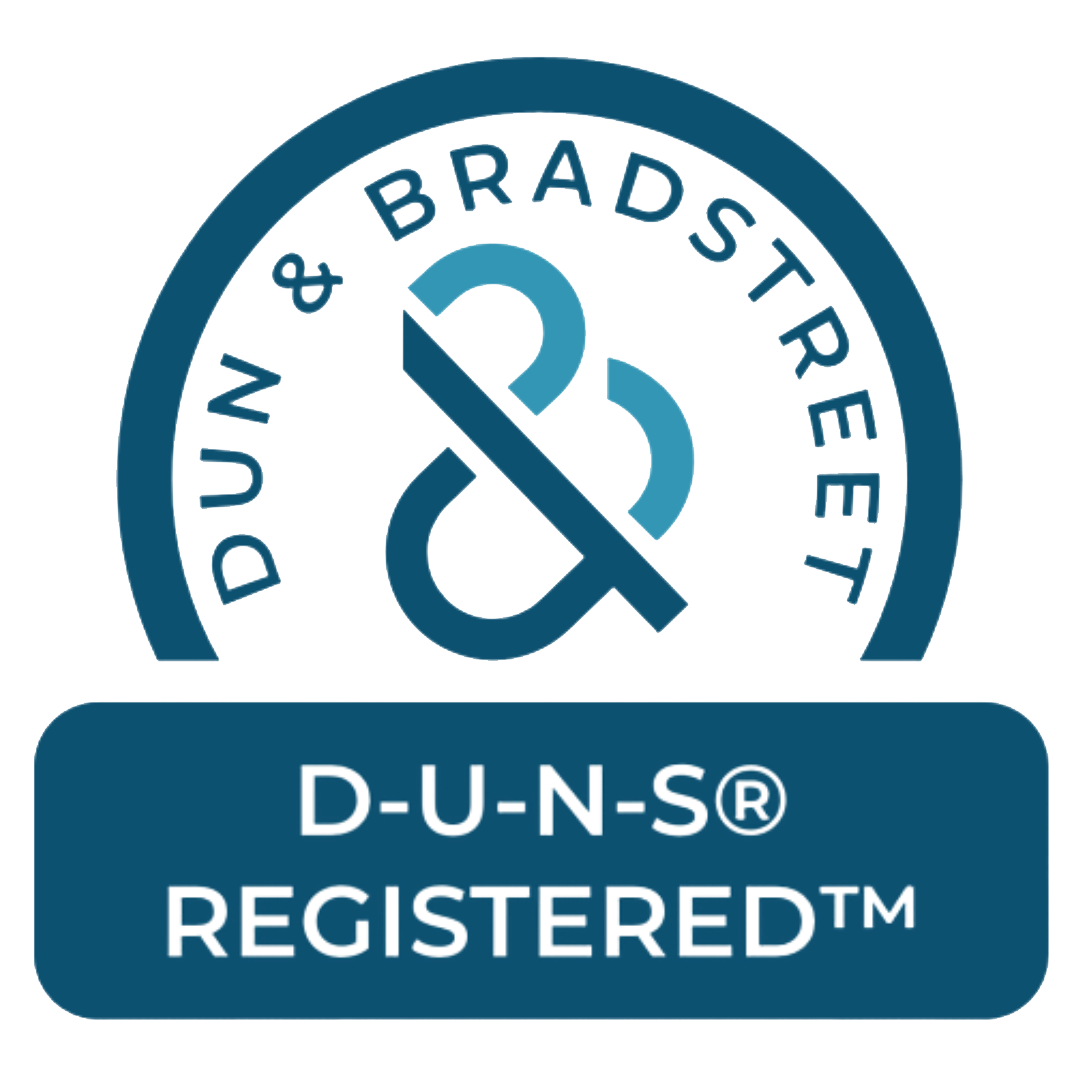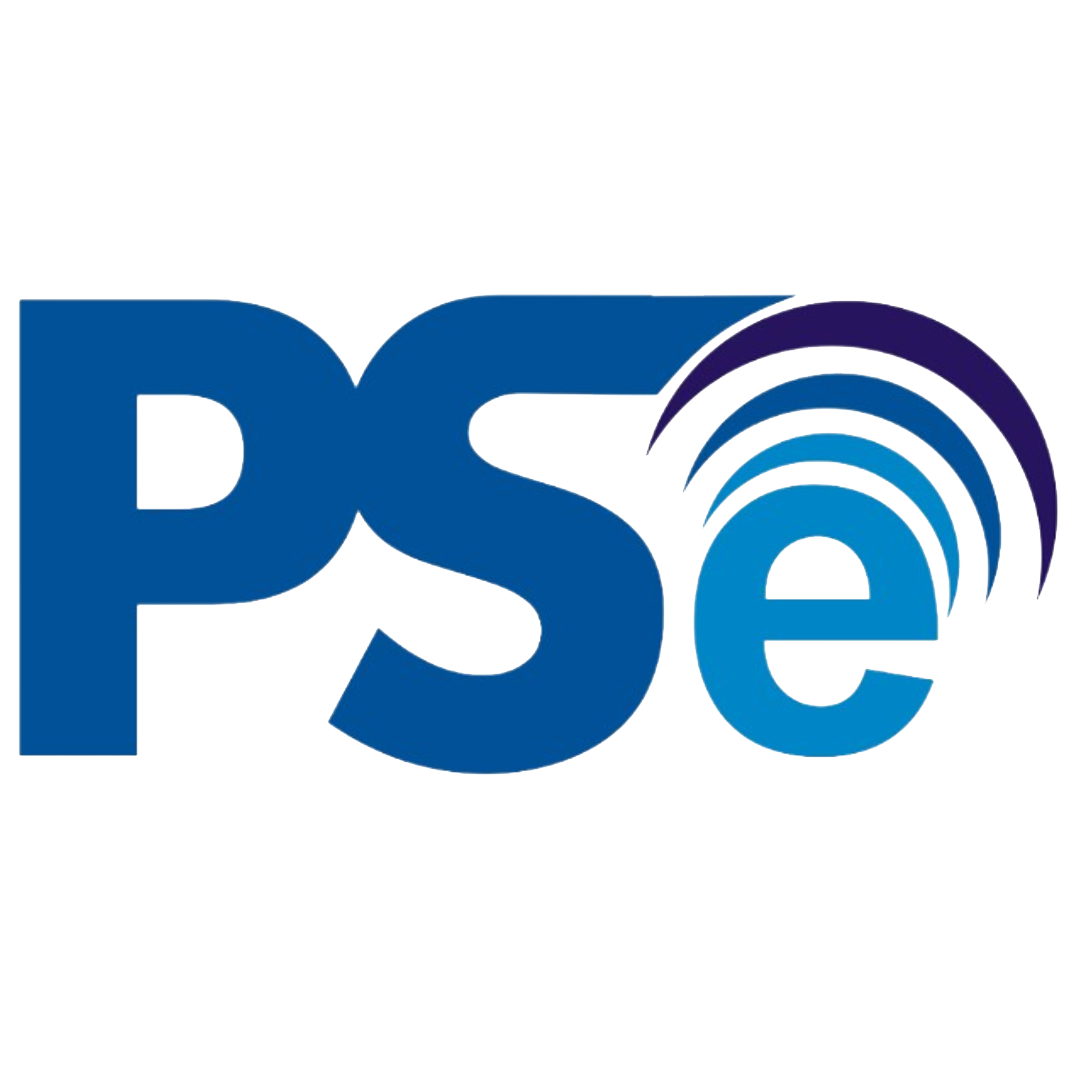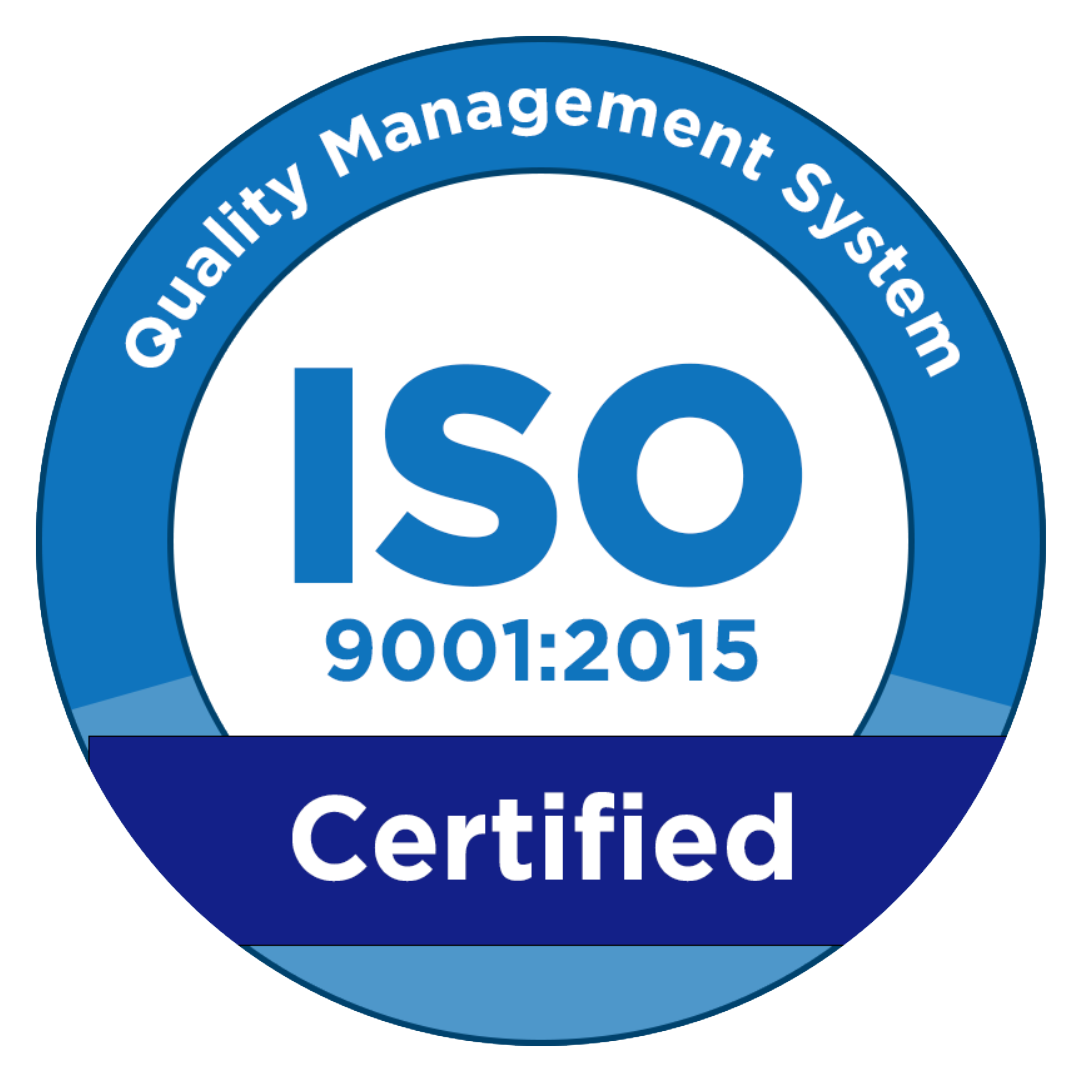In the digital era, technological transformation is no longer an option, but a necessity. However, the question is no longer just “when” to modernize, but “how.” Should you choose a traditional approach to legacy system modernization, or jump straight into AI modernization? But how do AI modernization and legacy system compare? In this article, we’ll find out AI modernization vs legacy system, which one is better?
What Is the Legacy System Modernization Method?
Before we dive into a comparison between the two, let’s first understand what legacy system modernization means. The modernization of legacy systems is generally carried out through three main methods:
- Rehosting – Moving applications from the old infrastructure to the cloud without major changes.
- Refactoring – Modifying parts of the code to make them compatible with the new environment.
- Rearchitecting – Redesigning the entire application architecture.
Each method has different levels of complexity and cost, depending on the extent of changes made.
The advantage of the traditional approach lies in its stability. Since the process is gradual and focused on full control, technical risks can be minimized. It is also easier to understand for internal IT teams already familiar with the legacy system.
Unfortunately, this approach requires a long time and high costs, especially if it involves breaking down a monolithic system into microservices. This can hinder innovation speed and the company’s competitiveness in a dynamic market.
What Is the AI Modernization Approach?
AI modernization does not replace the entire system, but adds an artificial intelligence (AI) overlay to provide predictive analytics, process automation, or data-driven recommendations.
This approach involves integrating generative AI, machine learning models, and real-time data processing. With AI, companies can add intelligent features without dismantling the core system.
For example, AI modules can be used to predict maintenance needs in production machinery or analyze customer behavior based on transaction data. However, integrating AI into legacy systems is not always smooth.
It requires clean data pipelines, well-trained AI models, and a team with AI and MLOps competencies. If not done properly, the system can become even more complicated.
Comparison Between AI Modernization vs Legacy System
| Criteria | Legacy Modernization | AI Modernization |
| Implementation Cost | High | Medium–High |
| Implementation Time | Long (6–18 months) | Fast (1–6 months) |
| ROI | Stable, gradual | Fast, potentially high |
| Technical Risk | Low | Medium, data-dependent |
| Innovation & Insight | Limited | High |
| Best Suited For | Core system upgrade | Insight overlay, automation |
Read Also: Middleware AI Integration vs API: Which is Superior?
Legacy System Modernization Implementation Steps
The following are the steps to implement legacy system modernization, focusing on transforming the system’s structure and architecture to become more flexible, scalable, and maintainable.
1. System Assessment and Audit
The first essential step is a comprehensive audit of the existing system. This stage includes:
- Inventory of all system components.
- Identification of outdated modules or bottlenecks.
- Evaluation of dependencies, technical documentation, and database structure.
The goal of this stage is to determine the complexity level of modernization and the most suitable approach (rehosting, refactoring, or rearchitecting).
2. Redesign Modules and Application Structure
If using refactoring or re-architecting, the application’s modules and structure need to be adjusted:
- Splitting large modules into smaller components (decoupling).
- Designing APIs for inter-module communication.
- Integrating patterns such as event-driven architecture or service-oriented architecture (SOA).
This effort aims to make the system more flexible, scalable, and future-proof.
3. Data Migration
One of the main challenges of modernization is migrating old data to a new platform or architecture. This includes:
- Data cleansing & normalization.
- Mapping old data to the new structure.
- Synchronizing data in real-time or in stages.
However, this stage carries risks such as data loss, duplication, and inconsistency if not handled properly.
4. System Testing and Validation
Before deploying the new system, several stages must be completed:
- Unit Testing – Testing each component individually.
- Integration Testing – Ensuring systems are properly connected.
- UAT (User Acceptance Testing) – Validation from business users.
Best practices for this stage include using CI/CD approaches for safe deployment and rollback.
5. Team Training and Change Management
The final step is to equip the internal team with the new skills required to operate the modern system:
- Workshops on new technologies.
- System documentation.
- Change communication strategies to stakeholders.
The objective is to boost adoption and reduce resistance from internal users.
AI Modernization Implementation Steps
Below are the steps for implementing AI modernization focused on delivering business value through predictive intelligence, automation, and real-time insight.
1. Identify Relevant AI Use Cases
The first step is to select the business areas that would benefit the most from AI, such as:
- Predictive maintenance in manufacturing.
- Customer behavior prediction in e-commerce.
- Demand forecasting in logistics.
The main factors are the availability of historical data and the business ROI from automation or prediction results.
2. Data Audit and Preparation
AI is only as effective as the data it uses. Therefore:
- Collect and clean data from legacy systems.
- Normalize data formats and structures.
- Build data pipelines for real-time or batch data flow.
For tools, you can use Apache Kafka, Airflow, dbt, and Pandas.
3. AI Model Development
Depending on the use case, the types of models built may vary. What are the stages involved in AI model development?
- Machine learning: classification, regression, clustering.
- Deep learning NLP for chatbots, image recognition.
- Generative AI for product recommendations, content automation.
These models can be developed in-house or via APIs, such as OpenAI, Google Vertex AI, and others.
4. AI Overlay Architecture & Integration
The next step is connecting the AI model to the legacy system:
- API gateway as a bridge between systems.
- Middleware for input/output data transformation.
- Monitoring & logging prediction pipelines.
For example, a dashboard to display AI predictive output within an old ERP system.
5. MLOps, CI/CD, and Deployment
To ensure the AI model operates sustainably and reliably:
- Use MLOps for model workflow (training, retraining, deployment).
- Automate deployment with CI/CD tools (e.g., Jenkins, GitLab, ArgoCD).
- Apply model monitoring to detect drift and obsolescence.
Best practices include setting up a feedback loop system to continuously improve model accuracy over time.
Ready to Transform Your Applications with AI?
Choosing between AI modernization vs legacy system modernization is not a matter of right or wrong, but a matter of business context and technology readiness. If fast innovation is your goal, AI could be a strategic choice. However, if stability and full restructuring are your priorities, the traditional approach remains relevant.

So, AI modernization vs legacy system, which one is superior? It all depends on your business needs. Ready to transform your application with AI technology? Get a free consultation with GeekGarden now!
Author: Sari Dewi (Content Writer)



